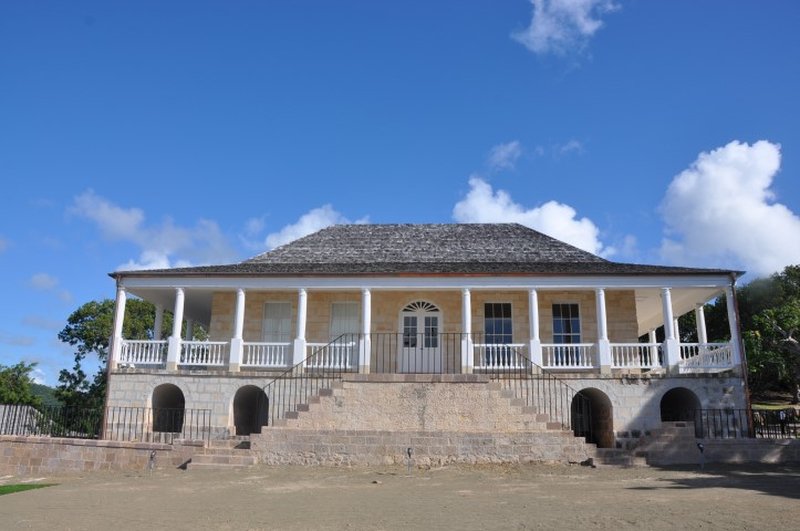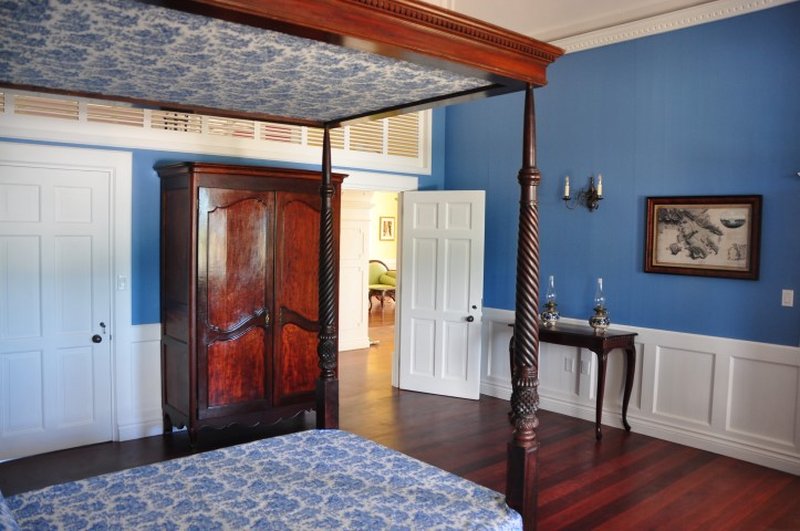Destination Guide: Antigua’s Clarence House
by Karen Rollins Oct 14, 2019

Originally built in the 1780’s, Clarence House is an impressive colonial great house nestled in the hills above Nelson’s Dockyard.
The property, which is a prime example of Georgian architecture, has an intriguing history that reflects the background of our island itself.
It is believed that Clarence House was initially built for the Duke of Gloucester and Edinburgh, Prince William Henry, by enslaved Africans. He was a Royal Navy officer serving under Lord Horatio Nelson in Antigua around 1784.
Between 1804 and 1806 the property was home for the Dockyard Commissioner, and subsequently became the residence of the senior dockyard supervisors until 1856.
As the operations at the dockyard became obsolete, the grand house was leased to the Governor of Antigua Kerr Baillie Hamilton, and became the official summer residence for the Governors of Antigua and the Leeward Islands.
In 1871 the house was damaged by a hurricane and rebuilt. By 1890 the building had undergone extensive renovations and extensions.
After two hurricanes in 1950, the building was reduced in size and after being substantially damaged again by three more storms in the 1990s was left as a complete ruin.

In 1996 Governor-General Sir James Carlisle started a project to restore Clarence House. The Sir Peter Harrison Foundation was set up in the UK to raise funds and bring the property back to its former glory by turning it into a ‘living museum’.
Clarence House is now a major tourist attraction and a must-see on any visit to Nelson’s Dockyard which was named a UNESCO World Heritage Site in 2016.
The property is managed by the National Parks Authority and was formally opened to the public by Prince Harry in October 2016.
Sources: Antigua Nice / Search Antigua / Copper and Lumber Store / UNESCO








